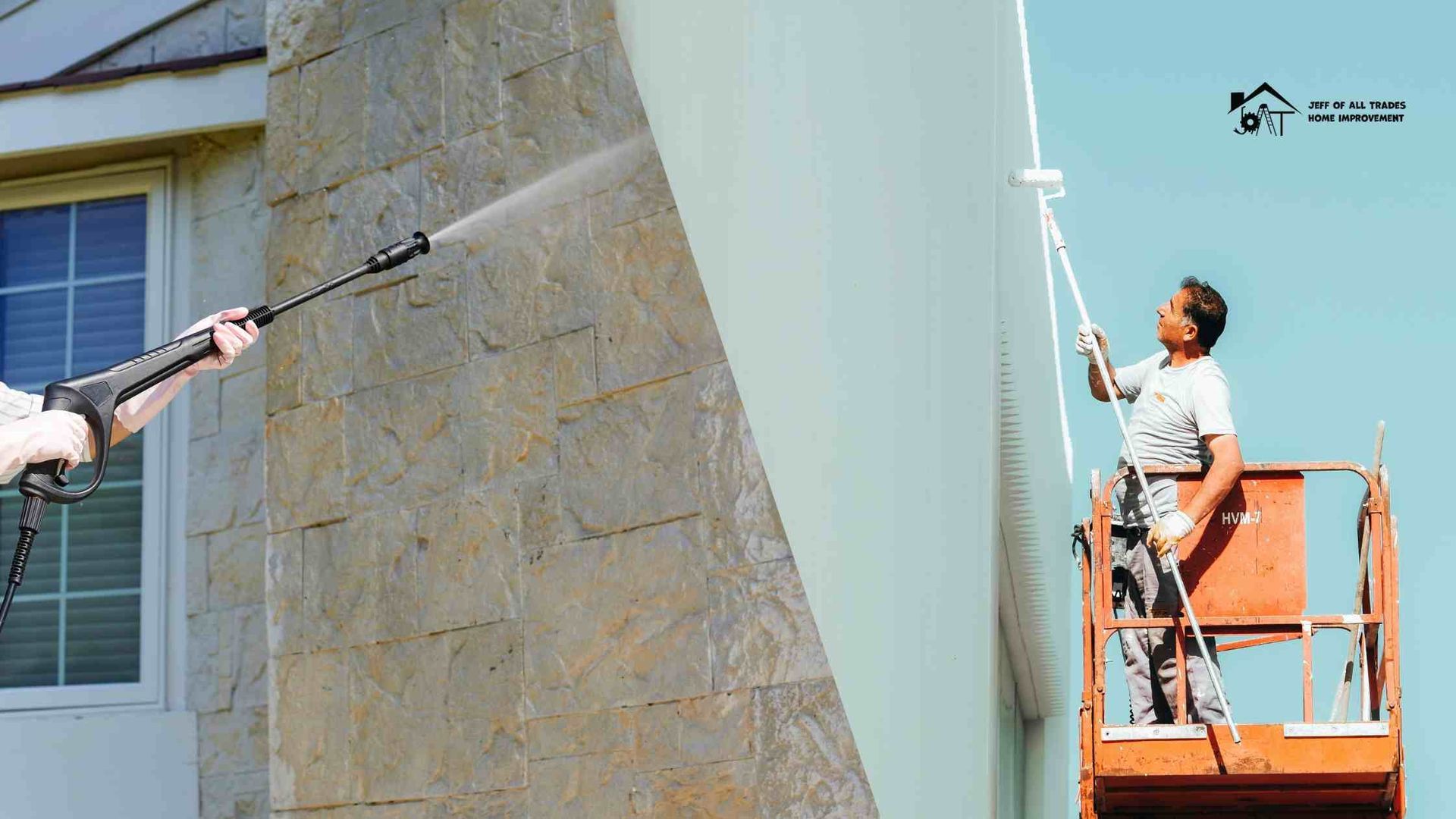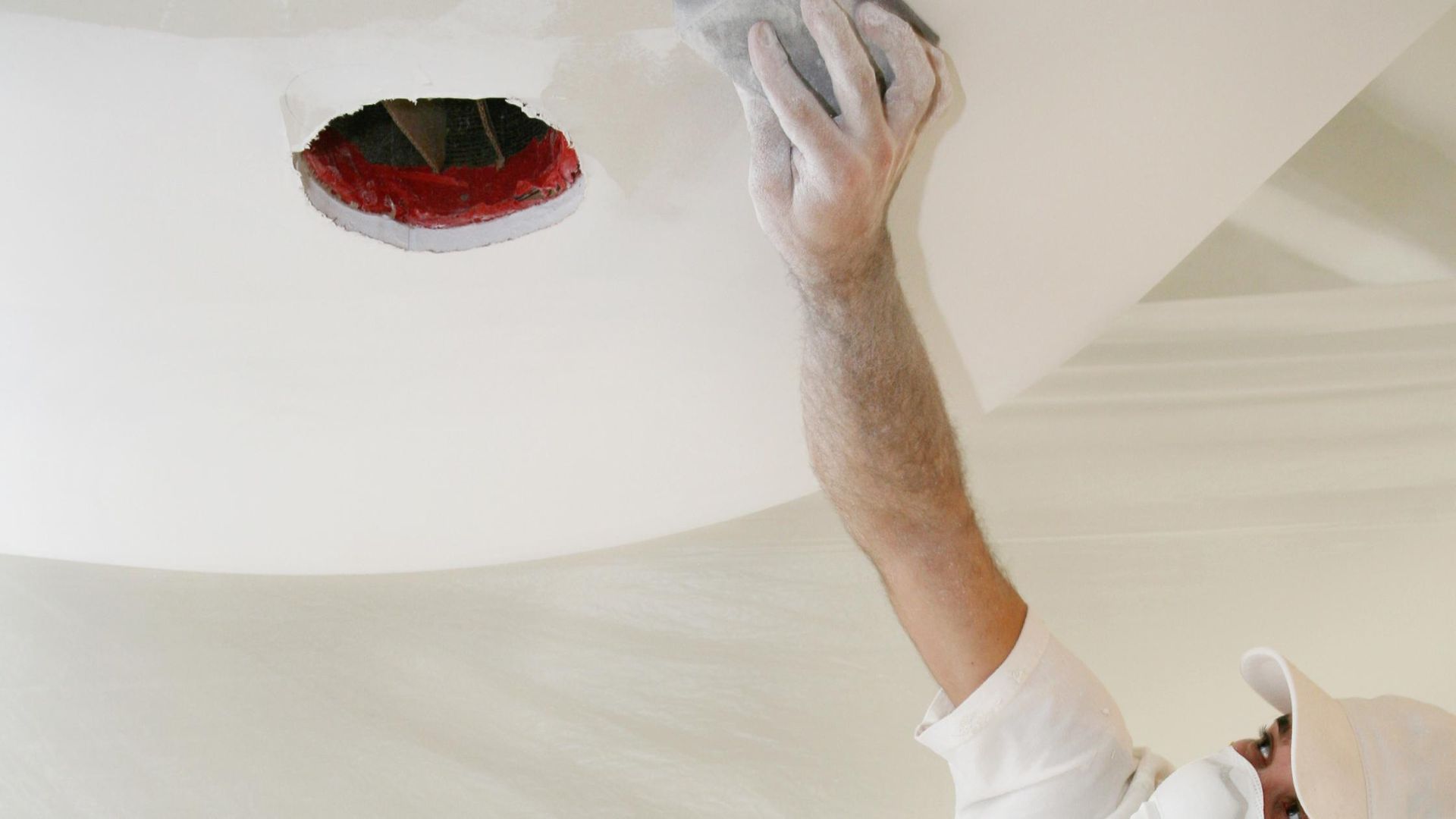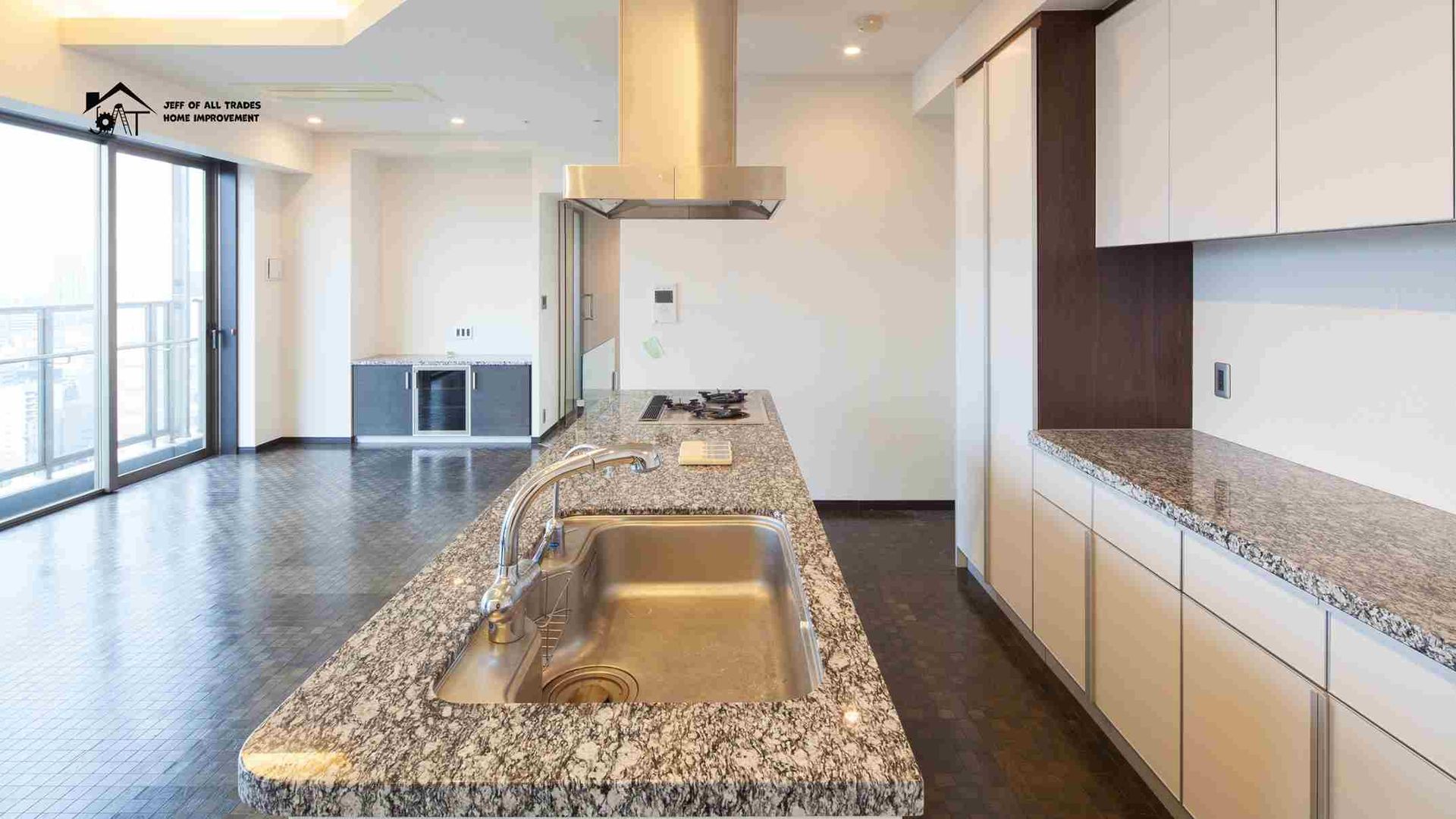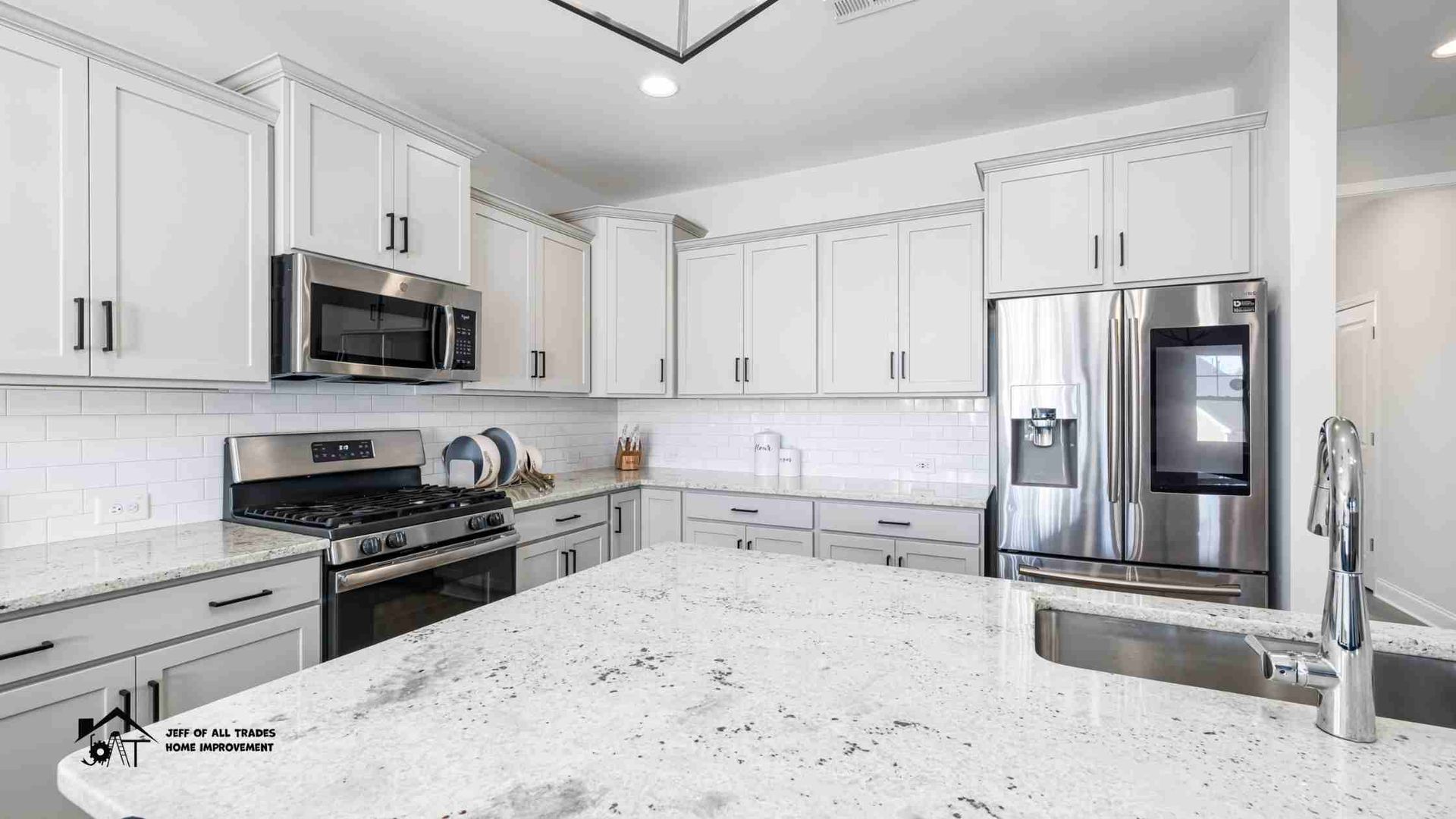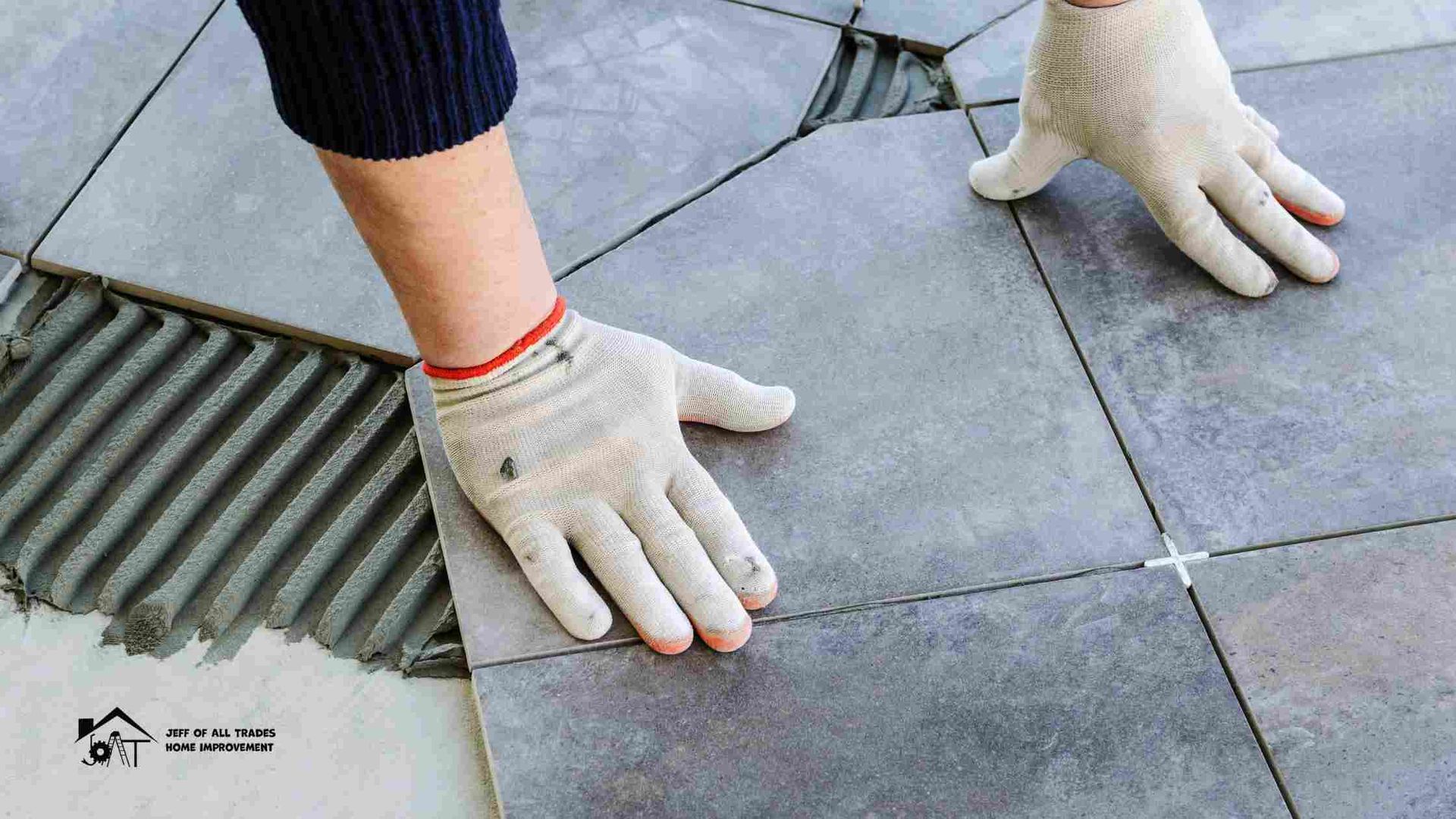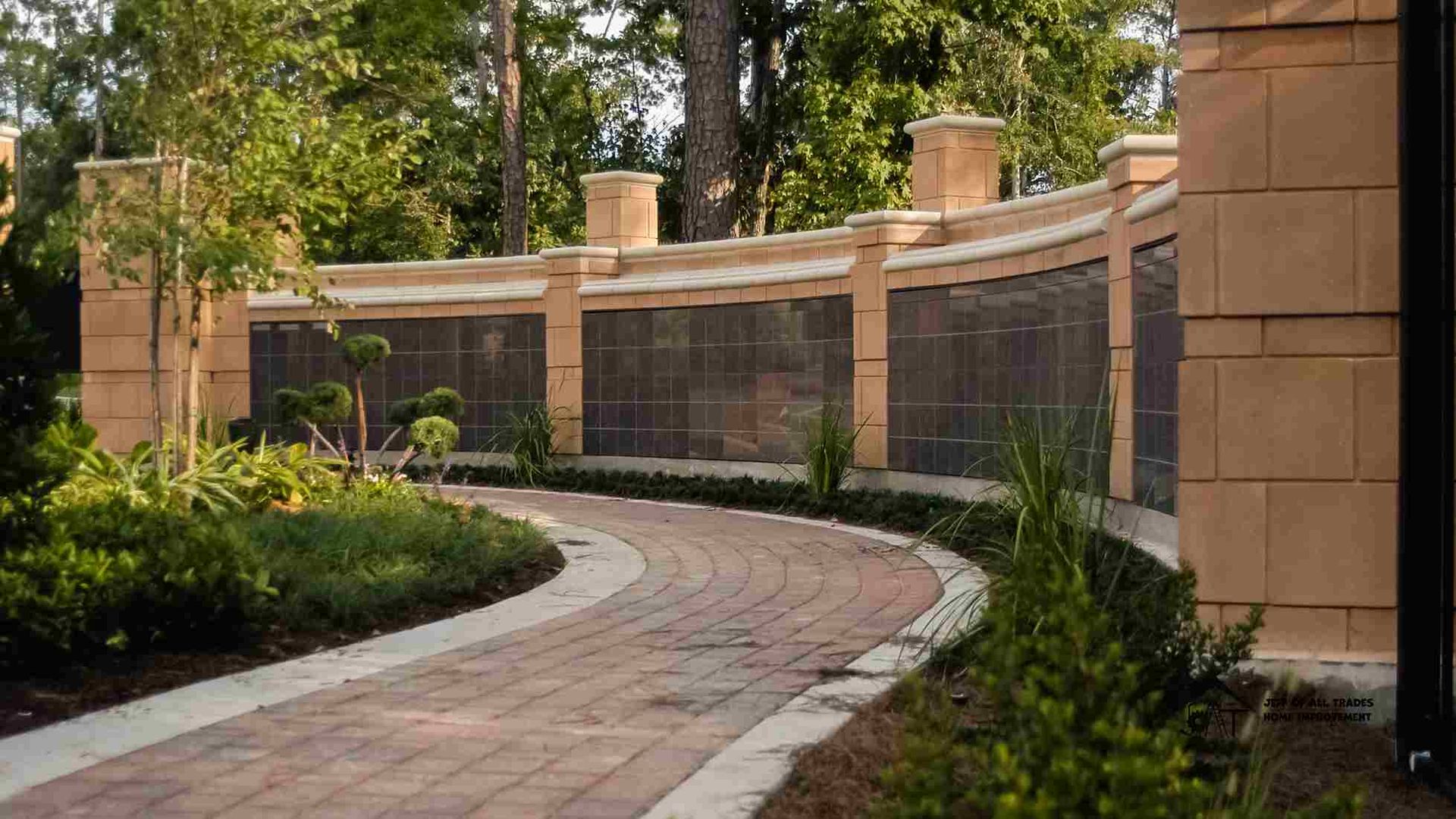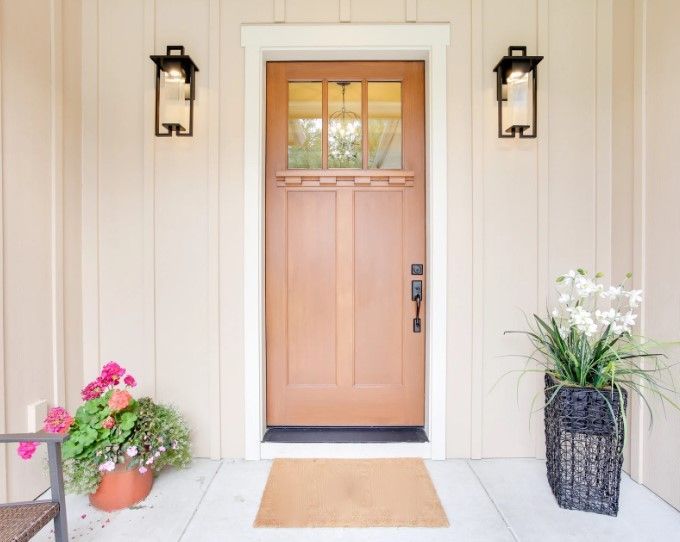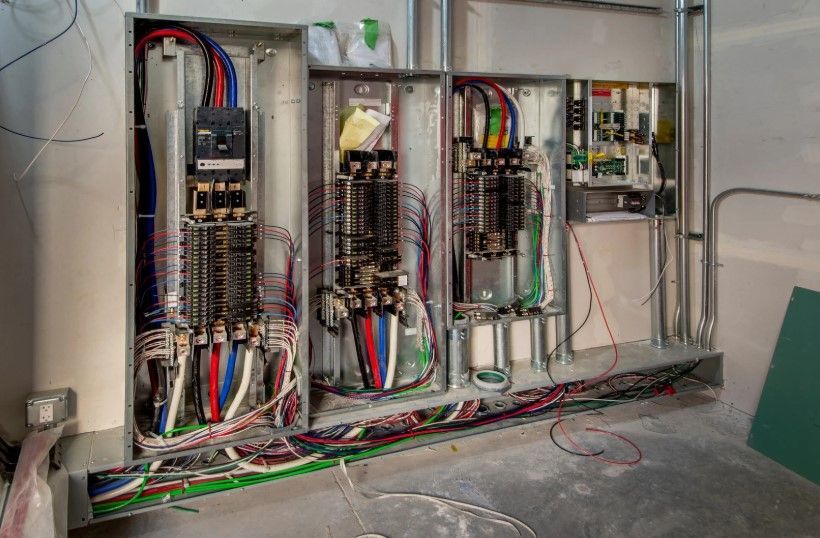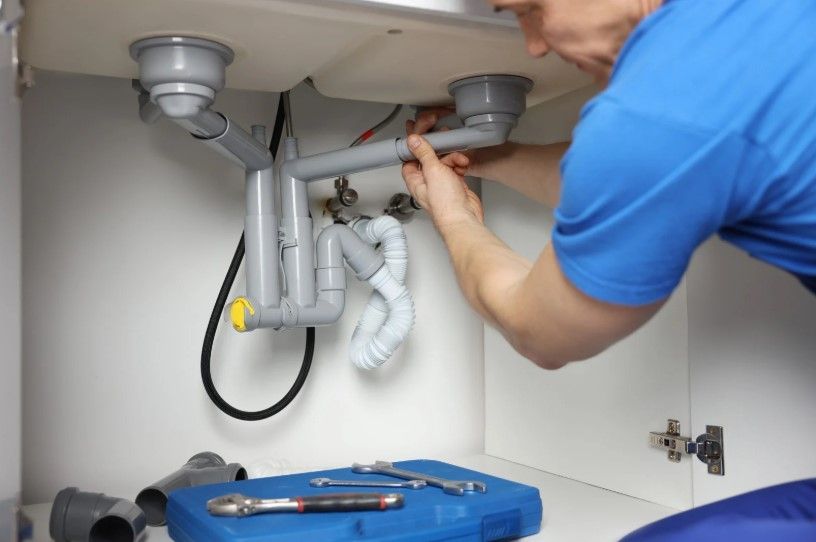Carbon Monoxide Alarm Laws and Best Models for NJ Families
This is a subtitle for your new post

If smoke is the loud, flashy criminal that kicks in your front door, carbon monoxide (CO) is the cat burglar—invisible, silent, and lethal before you know it’s there. Each year, New Jersey emergency rooms treat more than 1,100 CO-exposure cases, and insurers pay an average $42,600 per claim for related injuries. Yet the remedy is a $30 device and five minutes with a drill. This urgency-first guide digs into the Garden State’s legal requirements, explains the tech inside today’s detectors, highlights the most reliable models, and shows where—and why—to install them.
New Jersey CO Alarm Laws: No Wiggle Room
NJ law splits its requirements between two rule books:
- N.J.S.A. 52:27D-198.1 (since 1999) – mandates CO alarms in all dwellings that contain fuel-burning appliances or have an attached garage.
- N.J.A.C. 5:70-4.19 (Fire Code, 2023 update) – details location, power source, and inspection procedures.
Key obligations:
- One alarm on every “occupied level.” Basement counts; unfinished attic doesn’t unless a furnace or water heater lives there.
- Within 10 ft of each sleeping area. Unlike smoke detectors, CO alarms do not have to go inside bedrooms, but many experts still recommend it.
- Power source. New construction: hard-wired with battery backup. Existing homes: battery-only allowed if wiring isn’t present.
- Resale & rental: Municipal certificate of occupancy is denied if alarms are absent, expired, or improperly placed. Fines reach $500 per violation.
Insurers have taken notice. Travelers, State Farm, and NJM all give a 2–4 % premium credit for documented compliance, but they also reserve the right to deny claims if alarms are willfully disabled. Bottom line: install them, keep them powered, test monthly.
How Carbon Monoxide Detectors Work
CO sensors fall into three main tech buckets:
Electrochemical (≈90 % of today’s units)
- Liquid-based cell changes electrical resistance when CO passes through.
- Best accuracy, low false alarms, 5–10-year lifespan.
Metal-Oxide Semiconductor (MOS)
- Heated tin-oxide film absorbs CO; resistance drops and triggers an alarm.
- Cheaper, slightly higher false-alarm rate, 7-year life.
Biomimetic Gel
- Gel changes color like hemoglobin; the optical sensor reads the shift.
- Often used in plug-in nightlight units; slower response, 6-year life.
Urgent takeaway: ignore “ultra-cheap” units (<$20) from unknown brands—many lack UL 2034 certification and have response delays that could cost lives.
Best Carbon Monoxide Detectors for NJ Homes (2025 List)
Below are models vetted by UL 2034, Consumer Reports, and local electricians. Prices are street averages.
| Model | Type | Power | Key Features |
|---|---|---|---|
| Kidde KN-COPE-IC | Electrochemical + Smoke | 120 V hard-wire w/10-yr battery | Voice alerts, interconnects, and meet the NJ new-build code |
| First Alert CO615 | Electrochemical | Plug-in + 9 V backup | Digital ppm display, 2 AA battery library option |
| Google Nest Protect (Gen 2) | Electrochemical + Smoke | 120 V or battery | Wi-Fi alerts, self-test, path-light |
| Kidde KN-COB-B-LPM | Electrochemical | 10-yr sealed battery | End-of-life chirp, slim profile |
| Sensorcon S500 (portable) | Electrochemical | AAA or rechargeable | 0–500 ppm digital, ideal for RVs, garages |
Tip: Do not rely on your fuel company's “free detector.” Most are low-end MOS plug-ins that lack battery backup—useless during power outages caused by winter nor’easters.
Where to Install: The 4 Golden Rules
Every occupied floor, including the basement
- Furnace and water-heater back-drafts begin here.
- Mount on the ceiling or 5 ft up the wall; CO mixes evenly with air.
Within 10 ft of bedrooms
- Sleeping occupants are at the highest risk.
- Hallway ceiling or wall is fine; inside bedrooms, optional.
Near, but not above, fuel appliances
- Place 5–20 ft from boilers, gas fireplaces, or garage doors.
- Too close → nuisance alarms during appliance startup; too far → delayed detection.
Avoid dead zones
- Keep 3 ft from HVAC supply vents, returns, ceiling fans, or open windows.
- Stay off bathroom walls—steam corrodes sensors.
Pro placement hack: Pair CO alarms with smoke detectors on hallway ceilings. Run a single 14-3 NM cable and use dual-function combo units to satisfy both codes and spare drywall holes.
Maintenance & Replacement: A Device With a Shelf Life
Test monthly. Press the button until the siren screams; verify linked alarms follow.
- Vacuum annually. Dust film cuts sensor life by up to 15 %.
- Replace entire unit every 7–10 years (check the “replace by” date on back).
- End-of-life beeps. CO alarms chirp every 30–60 seconds when expired—do not just pull batteries; swap the unit.
Ignoring replacement is more than unsafe; it violates N.J.A.C. 5:70 and can derail a home sale.
Jeff’s “CO Shield” Professional Installation
Jeff, NJ Licensed Contractor, offers a turnkey package designed for multi-level homes and the latest code updates.
Includes:
- Site audit & load check
- Up to five Kidde KN-COPE-IC combo units hard-wired, interconnected, labeled in panel
- Two-hour permit filing & township inspection coordination
Add-ons:
- Nest Protect swap
- Detached-garage wireless bridge
- Annual maintenance reminder service
Contact 908-963-3533 or jeffofalltradeshandymanservice@gmail.com for carbon monoxide detector installation services.
Real-World Urgency: Two NJ Case Files
- Paramus, Feb 2024. Power outage, generator in garage. The family survived because the hallway alarm hit 85 ppm after eight minutes. The furnace was off, but the back-draft pushed the exhaust into the house.
- Atlantic City, Nov 2023. Vacation condo lacking detectors. Gas fireplace flue stuck closed; guests found unconscious. $120k in medical bills, civil suit against landlord. Insurance refused coverage due to missing CO alarms.
Both tragedies (one narrowly averted) underline why alarms are not optional decor.
FAQs: Carbon Monoxide Alarm Laws and Best Models for NJ Families
Do I need CO alarms if my house is all-electric?
If no fuel-burning appliances
and no attached garage exist, the code does not require them—but many insurers and real-estate contracts still recommend installing at least one unit.
Are combo smoke/CO units acceptable?
Yes, provided they’re UL-listed for both hazards. Jeff’s preferred Kidde model satisfies NFPA 72 (smoke)
and NFPA 720 (CO).
What ppm level triggers an alarm?
- UL 2034 requires:
- 70 ppm within 60–240 min
- 150 ppm within 10–50 min
- 400 ppm within 4–15 min
Modern smart units often display ppm starting at 30 for early awareness.
Can I install a CO alarm in my crawl space?
Not useful—temperatures below 40 °F or above 100 °F degrade accuracy. Place it in the living space above instead.
Why did my detector chirp at 2 a.m. and stop?
Likely end-of-life or low battery warning. Replace batteries or the entire unit; do not disable. Temperature swings can momentarily drop battery voltage, triggering chirps overnight.
Rapid-Fire Checklist for NJ Homeowners
- Audit fuel sources—gas stove, furnace, fireplace, water heater, dryer, generator, attached garage.
- Count levels—basement counts; each needs an alarm.
- Buy UL-listed electrochemical units—10-year sealed battery or hard-wire combos.
- Place within 10 ft of bedrooms and 5–20 ft from appliances.
- Test monthly, replace at expiration.
- Document install—permit stickers, receipts; send to your insurer for premium credit.
- Schedule Jeff if wiring or interconnection feels above your DIY pay grade.
Final Alarm (Yes, It’s Urgent)
Carbon monoxide kills more Americans at home than any other accidental toxin—and winter’s closed windows turn New Jersey houses into airtight traps. Compliance isn’t a paperwork chore; it’s a survival mandate. Equip every level, pick a detector that will still wake you ten winters from now, and treat low-battery chirps like a smoke alarm in slow motion: immediate, non-negotiable action required.
Whether you DIY a weekend install or call Jeff’s crew, let today be the last sunrise you spend unprotected. Your family, your guests, and even your insurance agent will breathe easier—literally.



